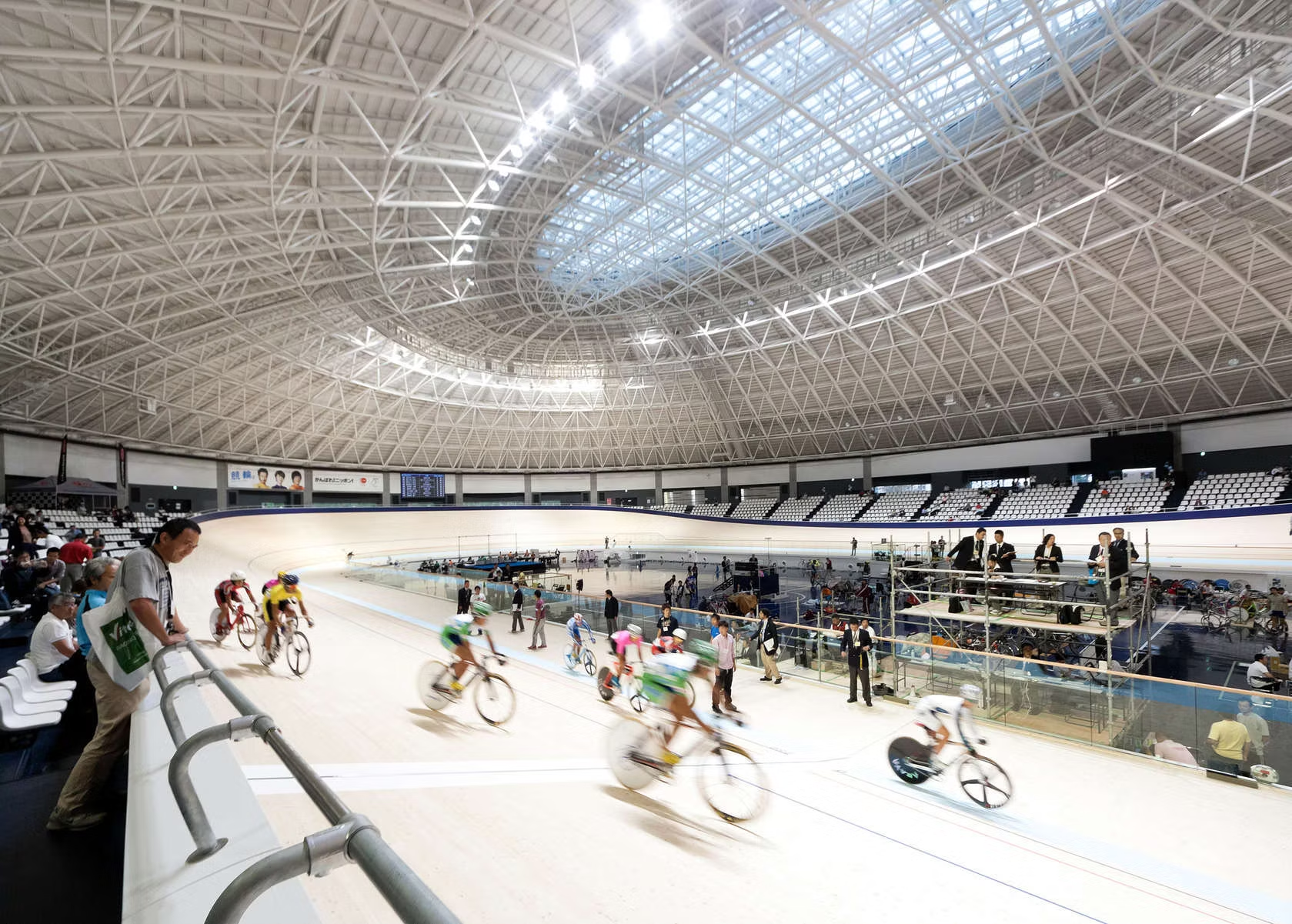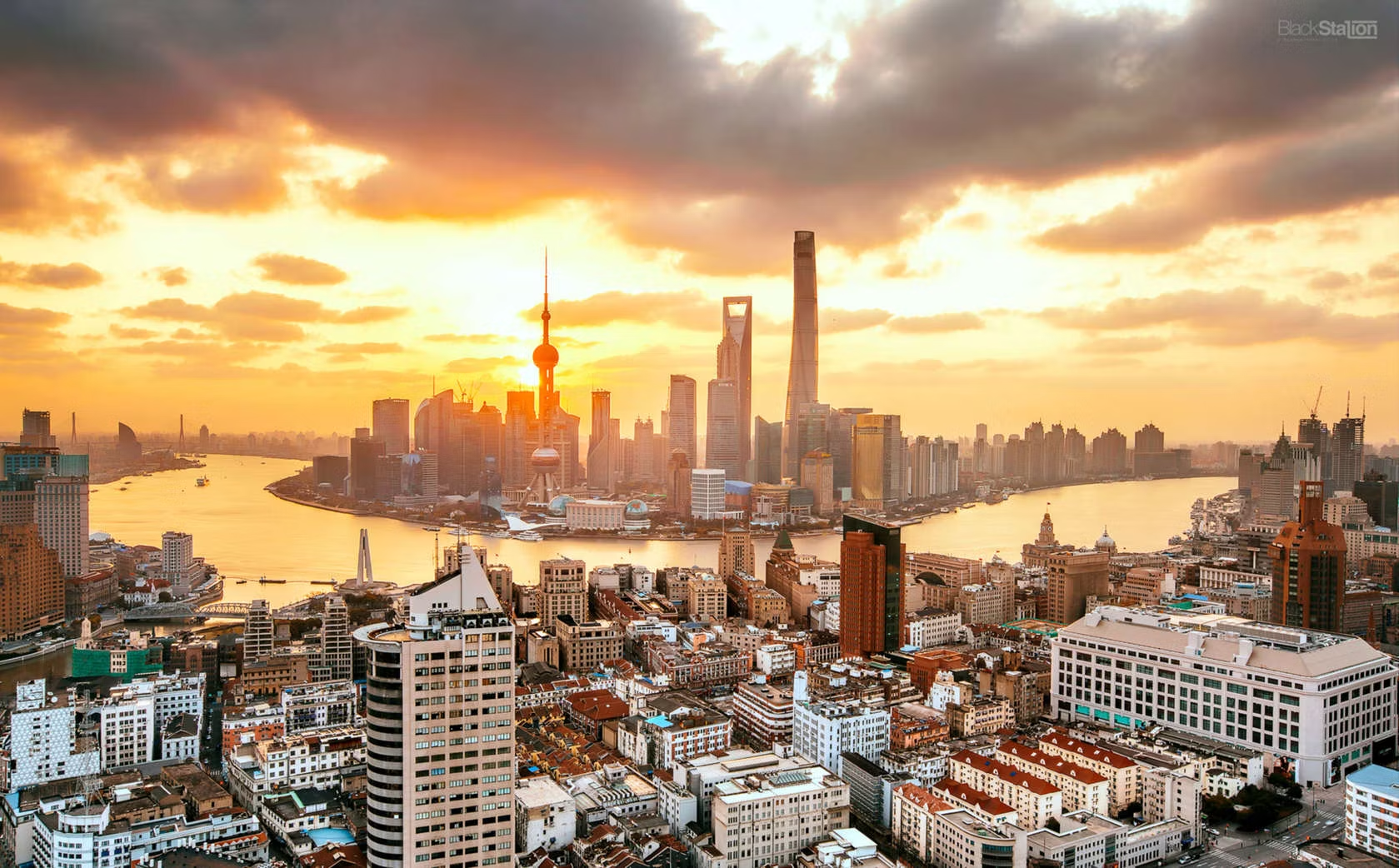In celebration of its 50th anniversary, global firm Gensler asked its team of talented architects, urban planners, and researchers for their personal insights and opinions on how design innovation can create more livable cities. The resulting articles feature on the firm’s dedicated blog at gensleron.com.
Gensler’s Dan Winey — one of the main players behind the launch of the firm’s Beijing and Shanghai offices — recently aired strong views on the importance of cultural appreciation and openness in global architectural practice exemplified by the collaborative working processes behind major projects such as Chang’an International Center, Beijing, the Shanghai Tower, Shanghai, and the iconic IZU Velodrome in Tokyo, Japan. Here’s what Winey had to say.
“When I joined Gensler in 1991, I never would have imagined being where we are today — diverse and multicultural, with a unique perspective of the world and design.
As we see evidence of increasing nationalism and more insular and protectionist cultures across the globe, our firm’s vision supports transparency, empowerment, and collaboration. I believe strongly that this is why we are able to succeed in a world that is headed in the opposite direction.

Chang’an International Center, Beijing, China
There are many reasons for this change — with poor regional economic conditions, lack of job growth, immigration, and opportunities for the younger generation being at the top of the list. But there are more fundamental forces at play. There is a general belief that globalization will ultimately lead to a deterioration of local values. That somehow the essence of one’s culture will be lost.
Ultimately, I believe strongly that this viewpoint will lead to misunderstanding, stagnation, and conflict.
In some ways, we have begun to see those forces at work in our practice in China, where President Xi has spoken out against the influence of international architects on building design — encouraging municipalities to use more local firms. He believes that the work of international firms lacks a sensitivity to Chinese culture and is, therefore, contrived.
I can understand his perspective that simply being an international firm does not mean that the work is good; there are plenty of projects by international firms that prove this. Moreover, for years, international design firms have reaped the benefits of working across Asia and China but have invested little to build local design competency.

IZU Velodrome, Tokyo, Japan
We believe that building a practice, locally, is the most critical aspect for success. This means recruiting locally as well as hiring expats with international experience. Most importantly, moving other Gensler staff from around the world to help build the office. We have proven time and again that this is critical to our international success.
We are recognized for our commitment to investing in growing design professionals, locally. Our clients and the government see us as being sensitive to their culture and values while simultaneously bringing international expertise. We develop and invest in the community, while our local staff teaches the essence of their values and customs. The key ingredient of this is cultural empathy instead of arrogance.
And isn’t that the essence of design excellence? Our work is influenced by local culture and is grounded in a deeper meaning that is expressed in design, architecture, and place.

The Shanghai skyline featuring Gensler’s Shanghai Tower
This approach requires one to have a long view of building a practice — one that requires a deeper understanding of history and design. It is organic growth, not acquisitions, that requires an investment and growth in people. I often say that it takes a decade to build the foundation for a local office. It seems like a long time, but it is simply a moment in time from a cultural perspective.
In the same regard, a successful office is one that is local in nature, that includes an underlying foundation of Gensler culture and values. This requires a constant mix of people from across our firm.
We aspire to build a global practice based upon diversity and different viewpoints; a practice that is transparent, self-governing, and self-sustaining. We will get there with an open mind to the opportunities and investment in our extraordinary staff and communities.”
This opinion piece has been edited for clarity.









